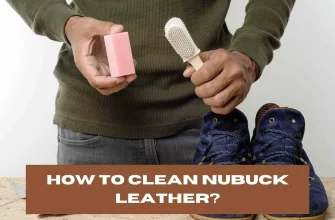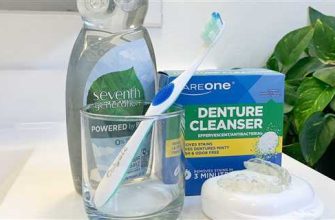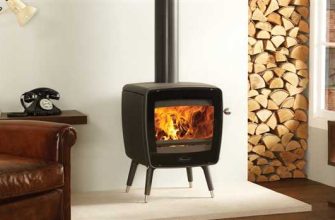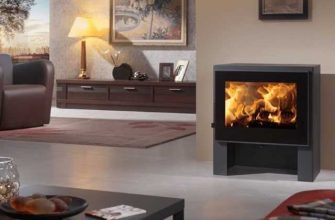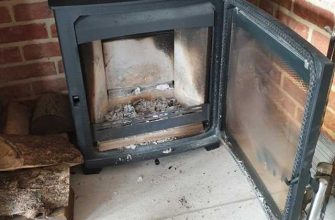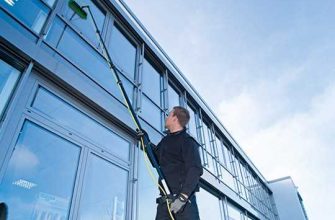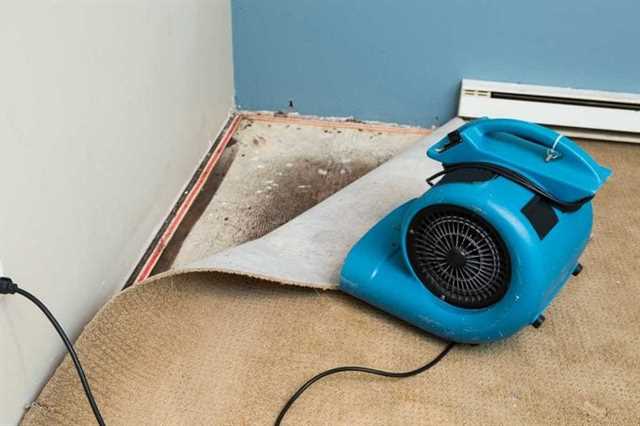
Dealing with a wet carpet can be a frustrating experience. Whether it’s caused by a flood, a burst pipe, or heavy rain, a wet carpet not only creates an unpleasant smell, but it can also lead to the growth of mold and bacteria. To prevent further damage and ensure your carpet is thoroughly dried, here are some tips and tricks you can follow.
First and foremost, you’ll need to remove as much water as possible from the carpet. If there is a large amount of water present, consider using a wet/dry vacuum or a shop vac to extract the excess water. This will help pull the water from the carpet fibers and reduce the drying time. Make sure to empty the vacuum frequently to maintain its effectiveness.
Once you’ve removed the excess water, you can speed up the drying process by using fans and opening windows. The warm air flow will help evaporate the remaining moisture. You can also use a dehumidifier to remove moisture from the air. Just make sure to position the fans and dehumidifier strategically to ensure proper air circulation.
If the carpet padding has become soaked, it may need to be replaced. Wet padding takes a long time to dry and can harbor mold and bacteria. It’s better to remove and replace the padding to prevent any further damage to your carpet and to ensure the area is fully dried.
To kill any bacteria or mold that may be present, you can use a mixture of warm water and a carpet cleaning solution. Apply the solution to the affected area and scrub gently with a brush. Then, using a clean cloth or sponge, blot the area to remove the cleaning solution. Allow the carpet to dry completely.
If you’re not confident in your ability to dry the carpet effectively or if you’re concerned about the presence of mold or bacteria, it may be best to hire a professional carpet cleaning service. They have the knowledge and equipment to ensure a thorough and safe drying process.
In conclusion, when dealing with a wet carpet, it’s important to act quickly to prevent further damage and health risks. By following these tips and tricks, you can ensure your carpet is dried quickly and effectively, removing any mold, bacteria, and unpleasant odors that may be present.
Assess the Level of Moisture
Before you begin the process of drying your wet carpet, it’s important to assess the level of moisture. This will help you determine the extent of the damage and what steps need to be taken to effectively dry the carpet.
If your carpet has been soaked with water for just a few hours, it may be possible to dry it without much difficulty. However, if the carpet has been soaking for an extended period of time, such as after a flood or sewer backup, there may be more serious issues that need to be addressed.
Start by removing any excess water from the carpet. You can use a wet/dry vacuum or even just a regular vacuum with strong suction to remove as much water as possible. If you don’t have access to a vacuum, you can also try using towels to soak up the moisture.
Once you’ve removed as much water as possible, sprinkle baking soda or silt over the carpet to help absorb any remaining moisture. Let the baking soda or silt sit on the carpet for several hours or even overnight to fully dry out the carpet.
If you notice a musty smell or any signs of mold after drying the carpet, it’s important to address these issues right away. Mold can cause serious health problems, especially for those with asthma or allergies. In these cases, it may be necessary to call in professional carpet cleaning services to thoroughly clean and dry the carpet.
Utilize dehumidifiers and fans to create airflow in the room. Open windows and doors to increase ventilation and remove any excess moisture in the air. This will help speed up the drying process and prevent mold growth.
Remember, drying a wet carpet takes time and patience. It’s important to fully dry the carpet before allowing foot traffic or placing furniture back on it. Otherwise, you may risk creating additional difficulties and potentially needing to replace the carpet altogether.
If you’re unsure of what to do or if the wet carpet is causing more problems than you can handle, don’t hesitate to call in professional help. They have the necessary expertise and equipment to ensure your carpet is dried effectively and safely.
In conclusion, always assess the level of moisture in your wet carpet before attempting to dry it. Use proper techniques such as vacuuming, sprinkling baking soda or silt, and utilizing dehumidifiers and fans to create airflow. Remember to be patient and thorough in the drying process to avoid potential mold growth and other issues in the future.
Use a Wet Vacuum Cleaner
One effective way to dry your wet carpet is to use a wet vacuum cleaner. Wet vacuum cleaners, also known as shop-vacs, are specifically designed to handle wet messes, making them perfect for tackling a soaked carpet.
To use a wet vacuum cleaner, follow these steps:
- Start by turning off the power to the affected area. This will help ensure your safety while working on the wet carpet.
- Remove any excess water from the carpet by blotting it with a towel or using a wet/dry vacuum cleaner. If the water is still present, you may need to use a pliers to open up the sewer pipe and drain the excess water.
- Once the excess water has been removed, use the wet vacuum cleaner to suck up the remaining moisture from the carpet. Make sure to go across the carpet in different directions to ensure all areas are thoroughly dried.
- If the carpet pad is still wet, you may need to remove it to speed up the drying process. However, this step should only be done if you are comfortable doing it yourself or if you have experience in carpet-drying techniques.
- After running the wet vacuum cleaner, you may notice that the carpet feels slightly damp. In this case, you can use a hairdryer or a fan to blow-dry the carpet until it is completely dry.
- Always make sure to run a dehumidifier in the room to remove any excess moisture from the air. This will help prevent mold and mildew problems from occurring.
- If there is a mildew or musty odor present after drying the carpet, you can use a steam cleaner or carpet freshener to eliminate the smell.
Using a wet vacuum cleaner is a quick and effective way to dry your wet carpet. However, it is important to note that this method may not work for all types of carpets or in severe flood situations. If you are unsure or if the problem persists, it is always best to call a professional carpet cleaning service to ensure the proper restoration of your carpet.
Increase Air Circulation
When it comes to drying a wet carpet, increasing air circulation is crucial. This step may seem tricky, but it is essential in speeding up the drying process and preventing further damage.
1. Open windows and doors
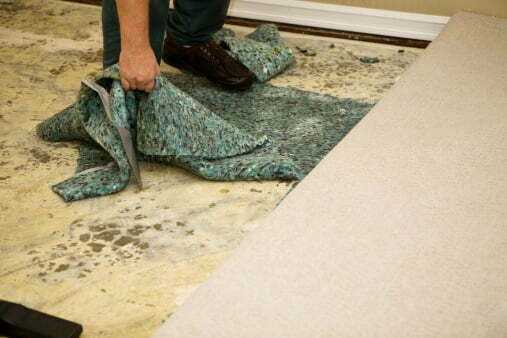
After a flood or when dealing with a wet carpet, open windows and doors to allow fresh air to circulate. This will help in drying out the carpet faster. Additionally, it will help to eliminate any unpleasant smell that may be present in the house.
2. Use fans
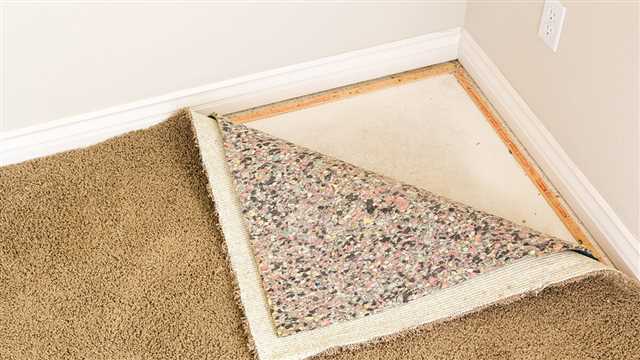
Place fans strategically around the room to create airflow. Position them so that they blow across the wet carpet, as this will help in evaporating the moisture. If you have multiple fans, set them up in a way that they blow air in different directions for maximum effect.
3. Turn on the air conditioner or heater
If it’s winter or if the weather is cold, turning on the heater can help dry the carpet faster. The warm air will aid in evaporating the moisture trapped in the carpet fibers. On the other hand, if it’s summer or the weather is hot, turning on the air conditioner will help in reducing the humidity in the room, aiding in the drying process.
4. Use dehumidifiers
If the air in your home is generally humid, using a dehumidifier can help remove excess moisture from the air. This will prevent the growth of mold and mildew, reducing the risk of health problems. Place the dehumidifier near the wet carpet to target the moisture effectively.
In conclusion, increasing air circulation is a key step in drying a wet carpet quickly and effectively. By following these tips and using the right tools, you can protect the health of your household and avoid the need to replace your carpets due to water damage.
Utilize Fans and Dehumidifiers
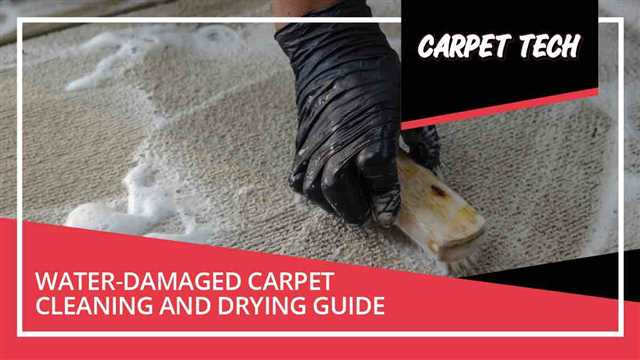
When you find yourself with a wet carpet, it’s always important to take immediate action to prevent any further damage. One of the best ways to accomplish this is by utilizing fans and dehumidifiers to help speed up the drying process and remove excess moisture from your carpet and room.
What are fans and dehumidifiers? Fans are household appliances that circulate the air in a room, creating a flow of fresh air and helping to dry wet surfaces. Dehumidifiers, on the other hand, are devices designed to reduce the humidity level in a room by removing moisture from the air.
When should you use fans and dehumidifiers? You should use fans and dehumidifiers as soon as you discover a wet carpet. By placing fans around the wet area and turning on a dehumidifier, you can help to prevent mildew, mold, and other water damage issues from occurring. This is especially important if the wet carpet is caused by clean water, as it can quickly become contaminated if left untreated.
How should you use fans and dehumidifiers? The first step is to open windows to allow fresh air to come in and circulate the room. Then, place as many fans as possible around the wet area, ensuring that they are facing the carpet. Turn them on to their highest setting to create a strong airflow. Additionally, you should run a dehumidifier to remove excess moisture from the air.
What are the benefits of using fans and dehumidifiers? The main benefit is that they help to speed up the drying process by increasing air circulation and removing moisture from the carpet and room. These devices can significantly reduce the drying time, helping to prevent issues like mold and mildew growth.
Are there any tips or FAQs? Here are some tips and FAQs to keep in mind when utilizing fans and dehumidifiers:
- Make sure to move any furniture or objects off the wet carpet to allow for thorough drying.
- If the weather is warm and dry, you can also open windows and doors to let the carpet dry outside.
- Using a hairdryer to blow-dry the wet carpet can be effective for small areas, but it may take longer.
- If the wet carpet has been caused by gray water (e.g., from a sewer backup), it’s best to hire a professional cleaner to handle the situation.
- Before vacuuming or using any cleaning products, let the carpet dry completely to avoid any potential difficulties or further damage.
- If you have access to a shop-vac, use it to extract as much water as possible from the carpet before using fans and dehumidifiers.
- Keep fans and dehumidifiers running for at least 24-48 hours, or until the carpet feels dry to the touch.
- To protect yourself from any potential health or safety issues, it’s essential to wear protective gloves, masks, and eye goggles when dealing with a wet carpet.
- If the padding underneath the carpet is wet, it may need to be replaced to prevent mold growth.
- If you’re unsure about any step or encounter difficulties, it’s always best to consult a professional carpet cleaning service or seek advice from a home improvement shop.
In conclusion, utilizing fans and dehumidifiers is a crucial step in drying your wet carpet effectively. They work together to create airflow and remove excess moisture, preventing mold and other water damage issues. Remember to take the necessary precautions and follow the tips provided above to ensure a clean and dry carpet in no time.
Hire Professional Carpet Cleaners
When dealing with a wet carpet, especially in cases of sewer or flood water, it’s best to call in professional carpet cleaners to handle the job. Sewer water can contain harmful bacteria and pathogens, so it’s important to let experts with the proper equipment and expertise handle the cleaning process.
Professional carpet cleaners have the experience and knowledge to assess the situation and determine the best course of action for drying your wet carpet effectively. They use specialized equipment like industrial-strength wet/dry vacuums, high-powered fans, and dehumidifiers to remove moisture from the carpet and the air, ensuring a thorough drying process.
Here are some reasons why hiring professional carpet cleaners is a wise choice:
- Expertise: Carpet cleaners have extensive knowledge and experience in dealing with wet carpets, including those affected by sewer backups or flooding. They can assess the severity of the situation and come up with a plan to restore your carpet.
- Proper equipment: Professional carpet cleaners have access to industrial-grade equipment that can handle heavy-duty cleaning and drying. This equipment is often more powerful and effective than what the average homeowner has access to.
- Health concerns: Sewer water and floodwaters can pose serious health risks due to the presence of bacteria, mold, and other harmful contaminants. Professional cleaners know how to handle and dispose of these materials safely, minimizing the risk of further health issues.
- Time-saving: Drying a wet carpet can be a time-consuming process. By hiring professionals, you can save time and get the job done more quickly. They have the expertise to handle the drying process efficiently and effectively.
- Prevention of further damage: Wet carpets can lead to mold growth, which can cause significant damage to your home and affect your indoor air quality. Professional cleaners can help prevent further damage by thoroughly drying and treating the carpet to inhibit mold growth.
When facing a wet carpet, don’t hesitate to call professional carpet cleaners. They have the knowledge, equipment, and expertise to dry your carpet effectively and restore it to its pre-water damage condition.

